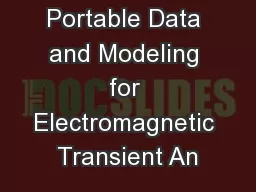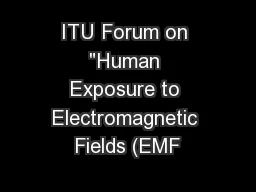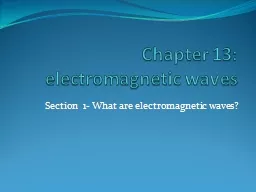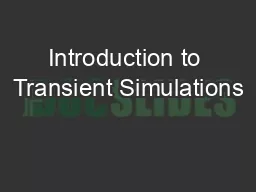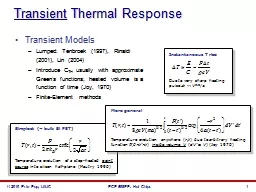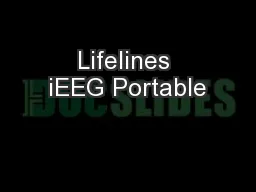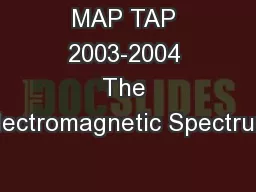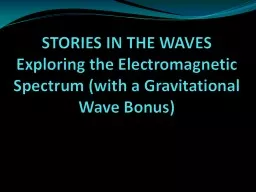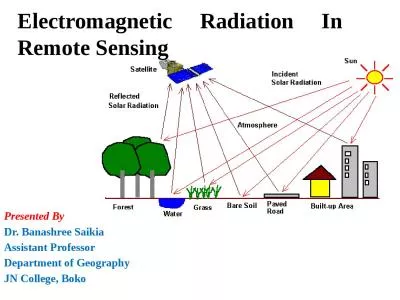PPT-Portable Data and Modeling for Electromagnetic Transient An
Author : min-jolicoeur | Published Date : 2017-06-27
Jean Mahseredjian jeanmpolymtlca Ecole Polytechnique de Montreal 1 New IEEE Task Force Cochairmen Jean Mahseredjian and Taku Noda Portable Data and Modeling for
Presentation Embed Code
Download Presentation
Download Presentation The PPT/PDF document "Portable Data and Modeling for Electroma..." is the property of its rightful owner. Permission is granted to download and print the materials on this website for personal, non-commercial use only, and to display it on your personal computer provided you do not modify the materials and that you retain all copyright notices contained in the materials. By downloading content from our website, you accept the terms of this agreement.
Portable Data and Modeling for Electromagnetic Transient An: Transcript
Download Rules Of Document
"Portable Data and Modeling for Electromagnetic Transient An"The content belongs to its owner. You may download and print it for personal use, without modification, and keep all copyright notices. By downloading, you agree to these terms.
Related Documents

